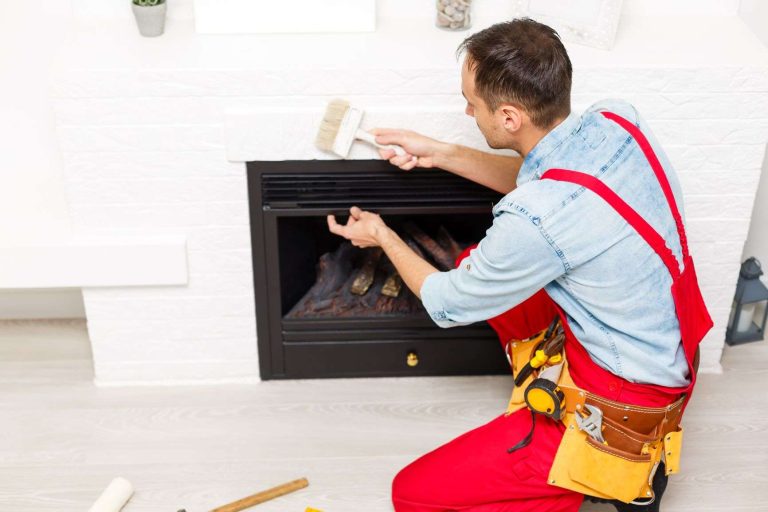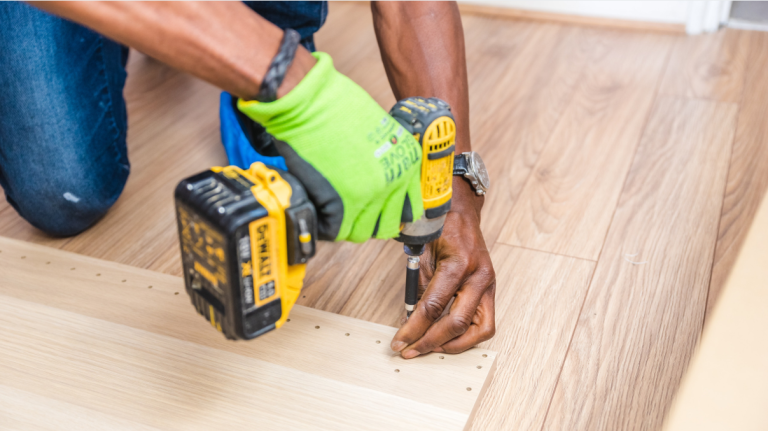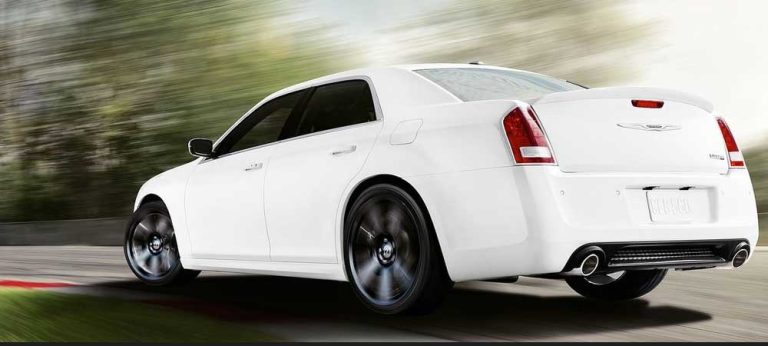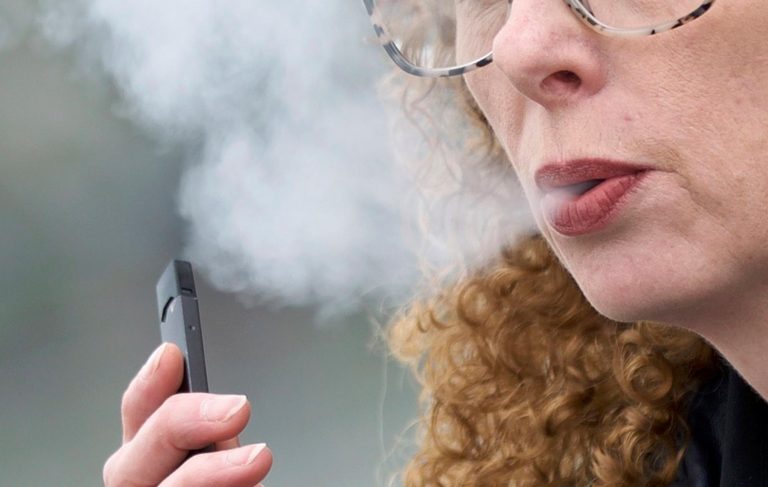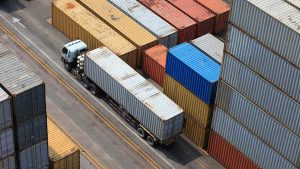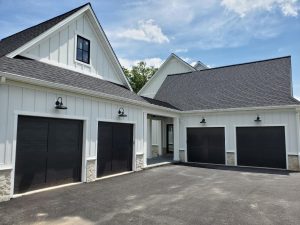A chimney is a conduit for conveying airborne smoke and heat from a fireplace...
Month: August 2022
You can gain a solid foundational understanding of all IT professions through the Implementing...
CBD gummies are a popular way to consume CBD, but with so many options...
There are a few things to look for when choosing a handyman service for...
There are many benefits of selling private label products on Amazon. Perhaps the most...
A document declaring that cash has been collected to enable individuals charged with a crime...
Auto loans are a necessary evil in today’s society. Unless you have a ridiculously...
There are certain purchases in a person’s life that are considered to be milestone...
Vaping is considered as one of the form of inhalation of cannabis and it...
New cars depreciate so quickly that within a few years, the difference in price...

